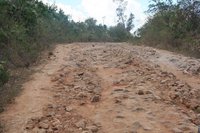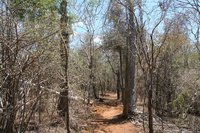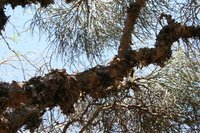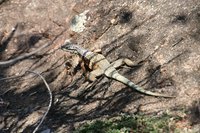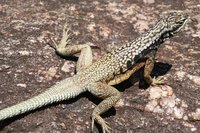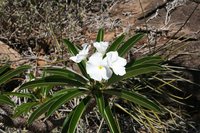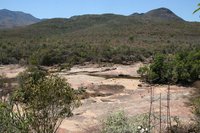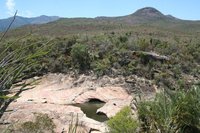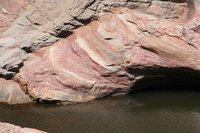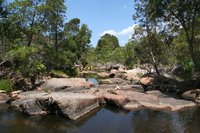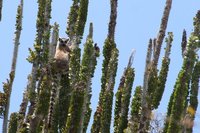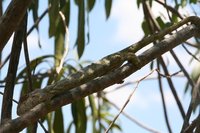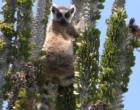 |
 |
 |
Andohahela National Park
During our return drive from the Ifotaka Community Forest we stopped to visit the Andohahela National Park, which is remarkable for the extremes of habitats. We walked in the Ihazofotsy, spiny forest which, in addition to the wildlife, has a vast range of interesting rock formations.
The park covers 760 square kilometers of the Anosy mountain range, the southernmost spur of the Malagasy Highlands. These mountains form a natural barrier to the moist trade winds that blow from the east, causing a rainfall of 1500 to 2000mm per year on their eastern side that supports one of the few rainforests south of the tropic of Capricorn. At the western edge of the park, the rainfall is just 600 to 700mm per year and the resulting vegetation is a dry spiney forest characteristic of southern Madagascar. In the area between these two climatic extremes is a unique transitional forest known as the Ranopiso transition, which is characterised by the locally endemic triangular palm, Dypsis decaryi.
Fifteen species of lemur have been recorded, including two of Madagascar's most emblematic species, the Ring-tailed Lemor and Verraux’s Sifaka. Other species include: Malio - Rain forest: Day - Collared brown lemur and Southern lesser bamboo lemur / Night - Fleurete’s Sportive lemur Ihazofotsy - Spiny forest: Day - Ring-tailed lemur, Verreaux’s Sifaka / Night – Grey Mouse lemur, Reddish-grey mouse lemur, White footed sportive lemur, Fat-tailed dwarf lemur Tsimelahy - Transitional forest - Lemurs are not documented | |||||||||||||














